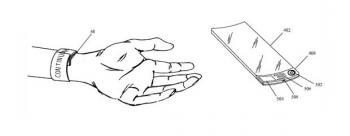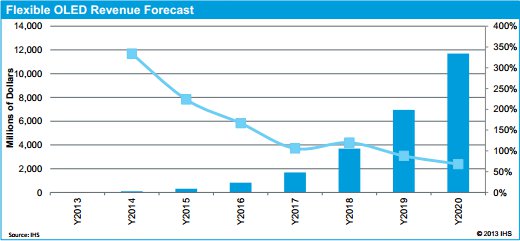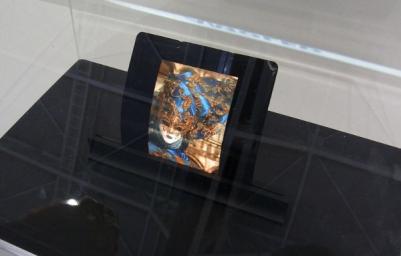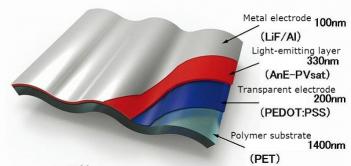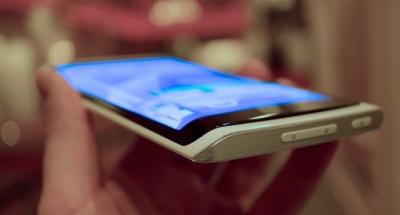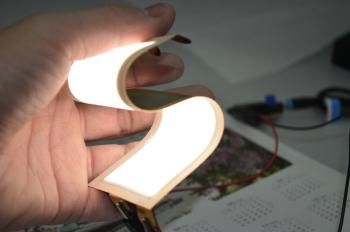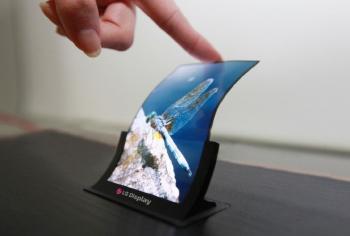Reports suggest LG will unveil their flexible OLED phone "within days"
Several reports from Korea suggests that LG Electronics is getting ready to announce their first phone that uses a flexible plastic-based curved OLED panel. Both reports say the new phone will sport a large 6" panel and it will be announced soon - within days or in November at the latest.
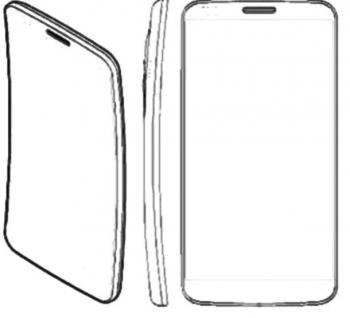
One thing the two sources do not agree upon is the name. CNet says it will be called the G Flex while ZDnet Korea claims it will be called the LG G Z or Z1. CNet says that they obtained the sketch shown above the shows how the new phone will look like.


